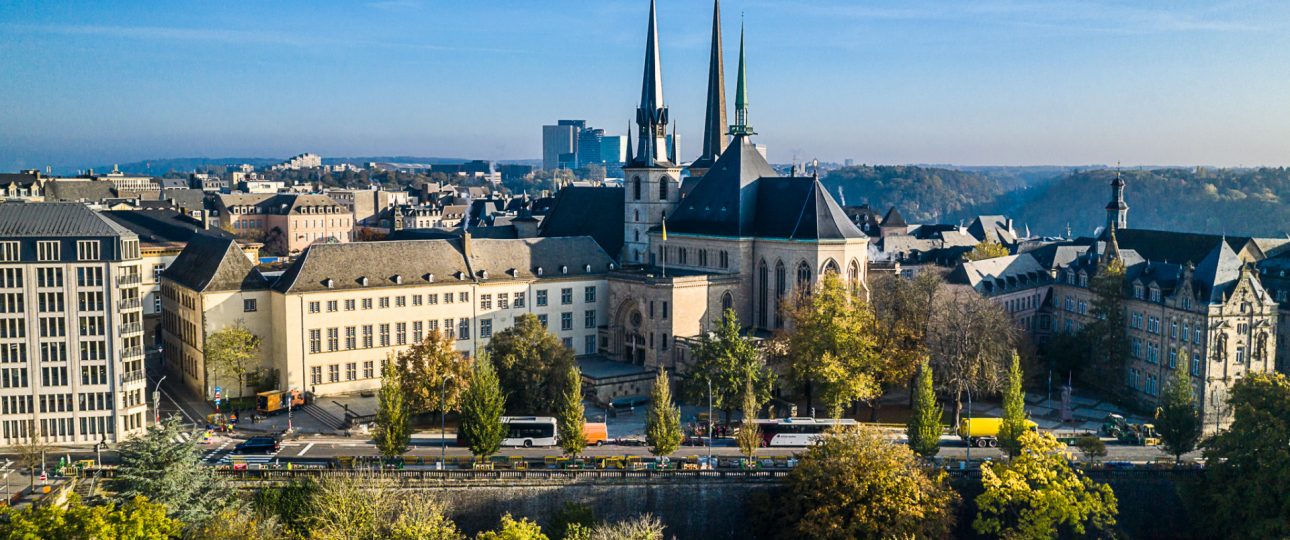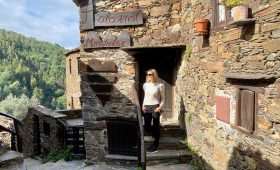Introduction to Notre-Dame Cathedral
Notre-Dame Cathedral, located in Luxembourg City, is a stunning example of architectural evolution and a significant symbol of the city’s historical tapestry. Originally constructed in the early 17th century, this cathedral is not merely a place of worship but a testament to Luxembourg’s cultural heritage, offering visitors a window into its storied past.
Historical Significance
The cathedral, officially known as the Cathedral of Our Lady, was commissioned by Jesuit priests from Belgium in 1613. It was consecrated in 1621 and became the cathedral of the Roman Catholic Diocese of Luxembourg in 1870. The cathedral’s architecture is a remarkable blend of late Gothic style with Renaissance and Baroque elements, reflecting the artistic influences over the centuries.
Architectural Features
The cathedral’s architecture is both grand and intricate, featuring:
- Stained glass windows that illuminate the interior with vibrant depictions of biblical scenes and saints.
- A bell tower that forms part of the cathedral’s three towers, each contributing to the city’s skyline.
- Detailed stone carvings and statues that adorn the exterior, showcasing the craftsmanship of the era.
Notable Artworks
Inside, the cathedral houses a collection of significant artworks, including:
- The Altar of the Virgin Mary, a fine example of Baroque art.
- Beautifully crafted chapels dedicated to various saints, featuring intricate sculptures and paintings.
- A historic organ, integral to the cathedral’s musical and liturgical life.
Visiting Notre-Dame Cathedral
Visiting the Notre-Dame Cathedral offers a blend of spiritual reflection and historical exploration.
Best Time to Visit
The ideal times to visit Luxembourg, and by extension the cathedral, are during the spring (April to June) and fall (September to October). These seasons offer mild weather and fewer tourists, enhancing the overall experience.
How to Get There
Reaching the Notre-Dame Cathedral is convenient:
- By Air: Luxembourg Airport (LUX) is the closest airport, about 6 km from the city center, with regular flights from major European cities.
- By Train: Luxembourg City is well-connected by train to neighboring countries, with the main station a short bus ride from the cathedral.
- By Bus: Numerous city bus lines have stops near the cathedral.
Local Transportation
Once in the city, navigating is straightforward:
- Public Transport: Luxembourg City offers free public transport, including buses and trams.
- Biking: The city is bike-friendly, with dedicated lanes and rental stations.
- Walking: The cathedral’s central location makes it easily accessible on foot.
Exploring the Surroundings
The area surrounding Notre-Dame Cathedral is rich with attractions:
Grand Ducal Palace
A short walk from the cathedral, the Grand Ducal Palace is the official residence of the Grand Duke of Luxembourg. Guided tours are available during the summer, offering insights into the palace’s history and functions.
Old Town
Luxembourg’s Old Town, a UNESCO World Heritage site, is known for its cobblestone streets and historic architecture. Highlights include:
- Place Guillaume II, a vibrant square hosting markets and events.
- The Bock Casemates, a network of tunnels that once served as fortifications.
The National Museum of History and Art
The National Museum of History and Art is essential for those interested in Luxembourg’s history, showcasing a wide array of art and artifacts.
Practical Tips for Visitors
Before visiting Notre-Dame Cathedral, consider these practical tips:
- Dress Appropriately: As a place of worship, modest attire is recommended.
- Respect the Quiet: Maintain silence during services and be respectful of the space.
- Photography: Photography is allowed, but be considerate of other visitors and the sanctity of the site.
Conclusion
Notre-Dame Cathedral in Luxembourg is a remarkable destination that offers a deep dive into the city’s history and culture. Its breathtaking architecture and rich heritage make it a significant landmark in Luxembourg City. Whether you’re interested in history, art, or simply seeking a moment of reflection, the cathedral provides a meaningful experience for all visitors.




